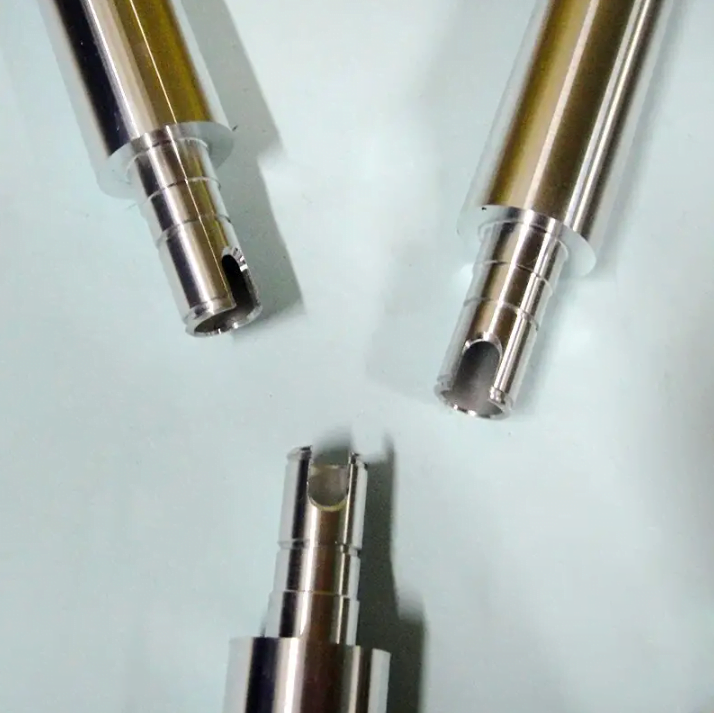We know that shaft parts are one of the common parts in the machine, but also one of the very important parts, because it is about the support role of transmission components and transmission torque, then how to achieve the mechanical processing of shaft parts?
First of all, we need to understand the technical requirements of shaft parts and processing requirements, what are the general technical requirements of shaft parts? Let's look at the following specific.
1, diameter accuracy, geometric shape accuracy
In the shaft, the support journal and with the journal is very important, its diameter accuracy of IT5-IT9 level, and shape accuracy, should be controlled within the diameter tolerance, and its requirements are higher than the diameter accuracy.
2、Mutual position accuracy
If the shaft is ordinary accuracy, then its radial circular runout, if it is to be matched with journal to support journal, is generally regarded as 0.01-0.03mm. while the high accuracy shaft is 0.001-0.005mm. if there are special requirements, then it should be specified clearly.
3、Surface roughness
Because the machine precision, running speed and other factors, resulting in shaft parts of the surface roughness requirements are also different. The surface roughness of the bearing journal is 0.16-0.63um, and that of the mating journal is 0.63-2.5um.
4、Materials, blanks and heat treatment of spindle
Shaft parts, the commonly used material is 45 steel, and through normalizing, annealing, tempering and quenching these treatments, so as to obtain a certain strength, hardness, wear resistance and toughness.
For high speed shaft parts, alloy structural steel can be used because it will improve wear resistance and fatigue resistance after heat treatment. Blanks for spindles are usually forgings and round steel, which can reduce the amount of cutting and machining, and can improve the mechanical properties of the material.













